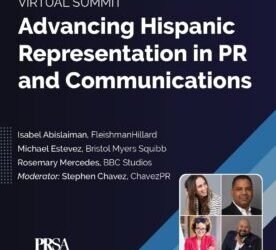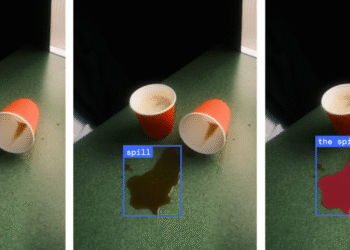
Cultivating meaningful relationships with the media.
Some organizations might believe that media relations are transactional, exchanging bits of information for a moment in the headlines.
“But this is actually a myth,” April Nelson, senior director of media relations, policy communications and crisis response at Cargill, said at the PR Daily Conference. “Media relations is a mutually beneficial relationship between (our organizations) and the media.”
Organizations shouldn’t just send something off to the media and hope that it gets attention, she said. “It’s about investing time in those relationships,” she said.
Investing time in relationship building can mean that an organization is talking to reporters even if there’s no news to share.
“We’ll often discuss what we’re hearing about, sharing insights on the industry, on policy changes and consumer trends and they’re sharing with us what they’re covering, what they’re hearing,” Nelson said. “It’s much more of a relationship without an end in mind, except that they’ll have us on their radar when they are covering something.”
Other myths in media relations include, according to Nelson:
- Great pitches will grab attention: This is mostly a myth, Nelson said. Sometimes an excellent pitch can stand out. But typically, reporters are too busy and have too much going on so even the best pitches may not break through. You must meet them where they are. “We need to know what they’re covering and what they’re interested in. We need to show them how we’re helping (move their agenda along),” she said.
- Quantity over quality is best: The days of “churn and burn” pitches are behind us, Nelson said. Demonstrate your value first, then build from there. Ask for their specific insights like what they’re hearing about, what they’re interested in covering and what do they need to do their jobs? What access are they looking for? Read their coverage and establish your knowledge of it.
- Email is the best tool to reach reporters: This is a partial myth, Nelson said. Email is an essential tool for communication. But to reach reporters, you have to meet them where they are. This oftentimes includes LinkedIn messages, WhatsApp, Substack, or even getting back to basics and calling someone over the phone can establish a greater form of communication, she said.
“What’s important is that we sell our stories, our insights, our access…to reporters in a way that’s tangible, interesting and timely,” Nelson said. “Make it easy for (reporters) to understand the topic and also paint the picture.”
Watch the full presentation below:
Courtney Blackann is a communications reporter. Connect with her on LinkedIn or email her at courtneyb@ragan.com.
The post 3 media relations myths appeared first on PR Daily.














